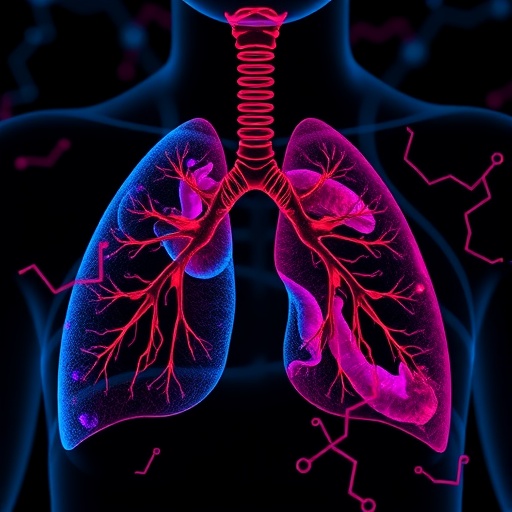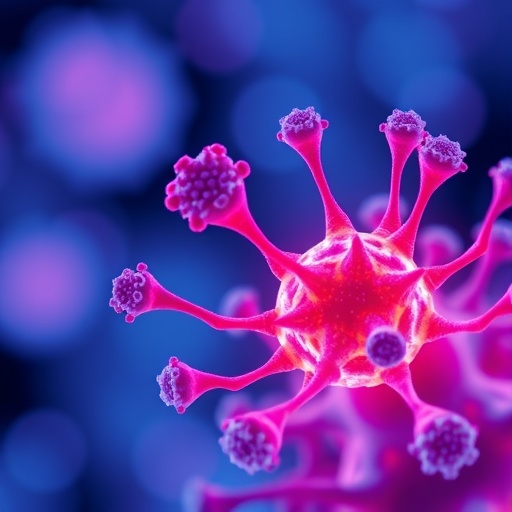Scientists at UC Berkeley and UC Riverside have demonstrated a way to edit the genome of disease-carrying mosquitoes that brings us closer to suppressing them on a continental scale.
The study used CRISPR/Cas9 gene-editing technology to insert and spread genes designed to suppress wild insects, while at the same time avoiding the resistance to these efforts that evolution would typically favor. The proof-of-concept study was demonstrated in fruit flies; but the researchers believe this technology could be used in mosquitoes to help fight malaria and other mosquito-borne diseases in the next decade, pending public and regulatory approval.
"What we showed is that, if you disrupt a gene required for fertility in female mosquitoes at multiple sites all at once, it becomes much harder for the population to evolve around that disruption. As a result, you can suppress a much larger population. It's much the same as combination drug therapy; but for CRISPR-based gene drive," said John Marshall, the study's lead author and an assistant professor of biostatistics and epidemiology at the UC Berkeley School of Public Health.
The article was published recently in the journal Nature Scientific Reports. The research was funded by the National Institutes of Health, UC MEXUS and the Parker Foundation.
The technology at the heart of the study is called a gene drive system, which manipulates how genetic traits are inherited from parent to offspring. Gene drives are used to bias genetic inheritance in favor of rapidly spreading, self-destructive genes, and could be an environmentally friendly and cost-effective way to suppress populations of disease-spreading insects. The rise of CRISPR/Cas9 gene-editing technology (developed at UC Berkeley) has recently revolutionized gene drive systems because it offers a rapid, efficient and reliable way to make precise, targeted changes to the genome.
The new study based its calculations on a gene drive that past studies found could result in up to 99 percent of offspring inheriting the inserted gene. Yet the few offspring that don't inherit the gene present a big problem for this technology. A fraction of these offspring are immune to the gene drive, so any attempt to eliminate a mosquito species in this manner would result in a rapid rebound of those that are gene drive-immune. The impact of this resistance on the ability of gene drive to spread and suppress populations had previously been discussed; but had not been thoroughly evaluated.
Through mathematical modeling, the new study found this resistance would have a major impact on attempts to eliminate a mosquito species on a continent-wide scale. To address this issue, the research team devised a technique that they determined could potentially suppress mosquito species continent-wide.
The new technique, called multiplexing, involves using one of the components of the CRISPR system, a guide RNA, to target multiple locations in a gene at once. Computer modeling by the research team suggests that the size of the population that could be suppressed increases exponentially with the number of these guide RNAs utilized. It also shows that with four or five multiplexed guide RNAs, a mosquito species could potentially be suppressed on a continental scale.
"Knowing that we can potentially overcome the issues of resistance through careful engineering and multiplexing is huge," said co-corresponding author Omar Akbari, an assistant professor of entomology at UC Riverside.
The researchers demonstrated the technology in fruit flies, an organism commonly used as a model in labs. Now they are working to adapt this technology to the mosquito species that transmit malaria, dengue and Zika.
"The potential of multiplexing is vast. With one guide RNA, we could suppress a room of mosquitoes. With four, we could potentially suppress a continent and the diseases they transmit. But nature has a knack for finding a way around hurdles, so assessing that potential will require a lot more work," Marshall said.
###
Media Contact
Brett Israel
[email protected]
510-643-7741
@UCBerkeleyNews
http://news.berkeley.edu/2017/06/26/new-gene-editing-technique-could-drive-out-mosquito-borne-disease/
Related Journal Article
http://dx.doi.org/10.1038/s41598-017-02744-7
############
Story Source: Materials provided by Scienmag




